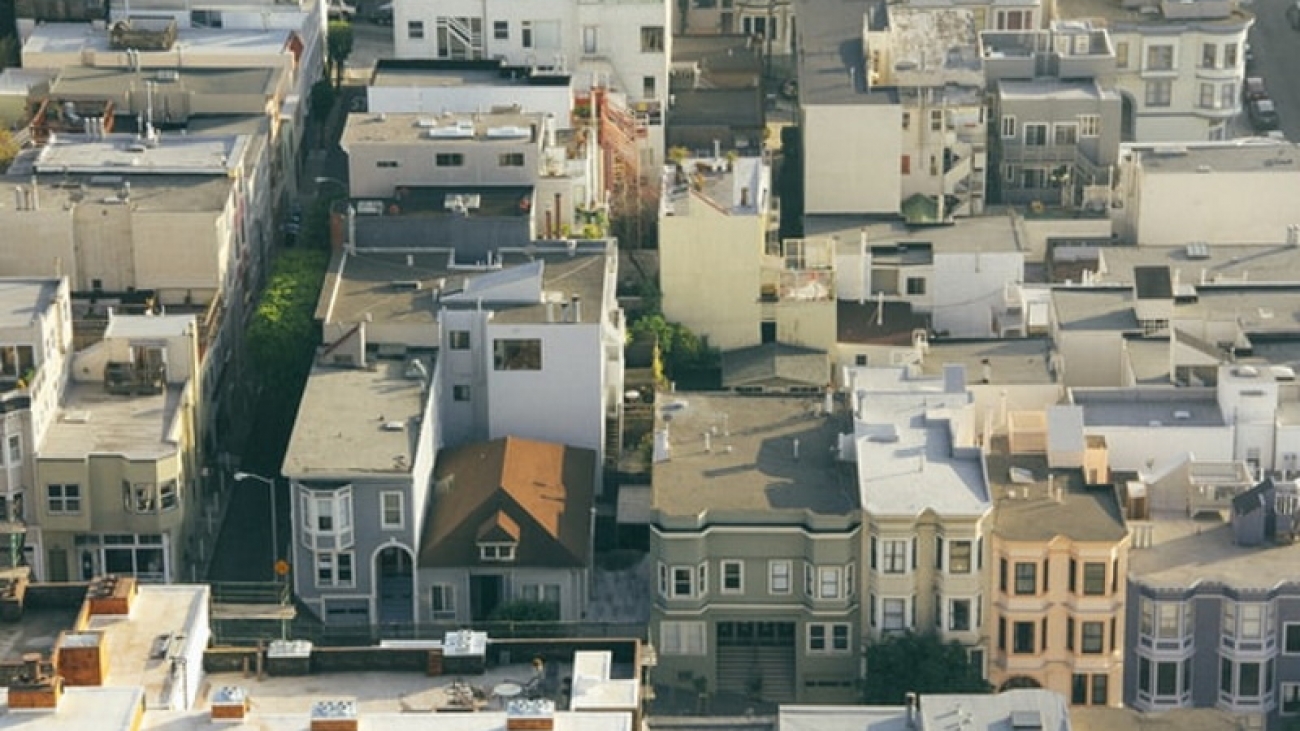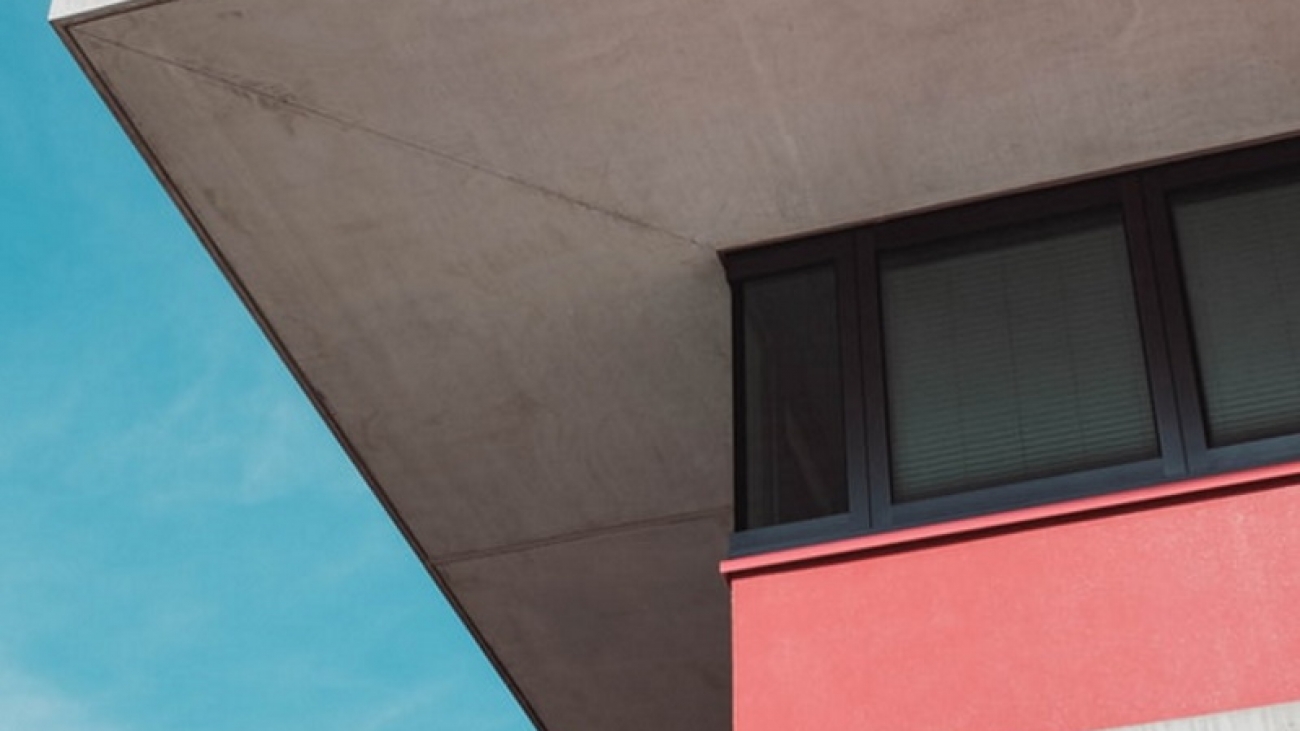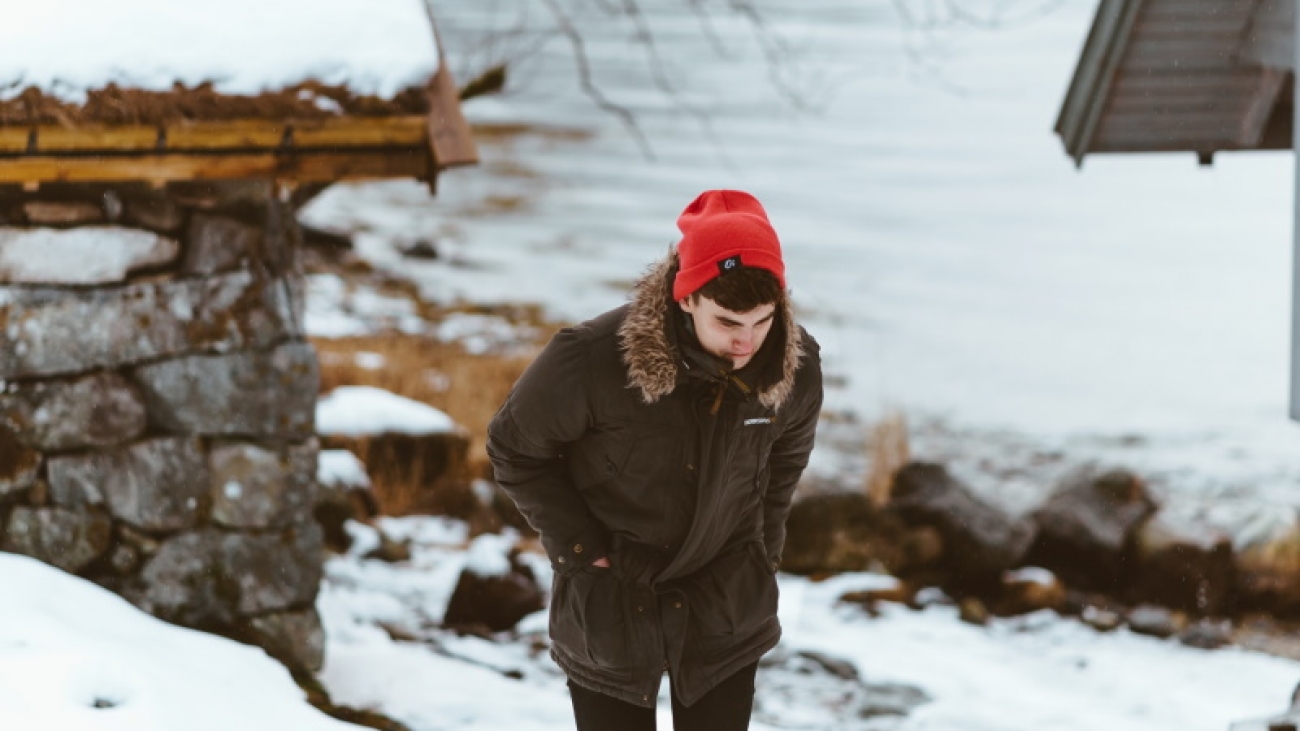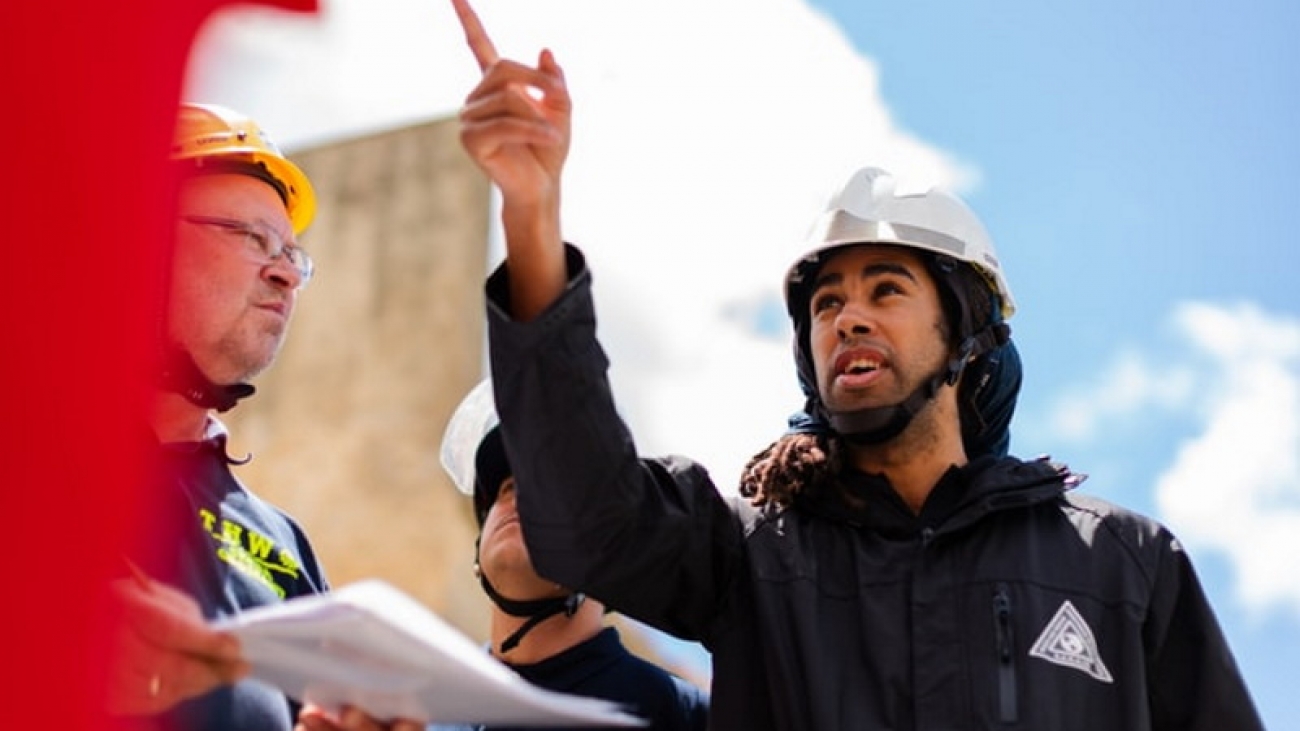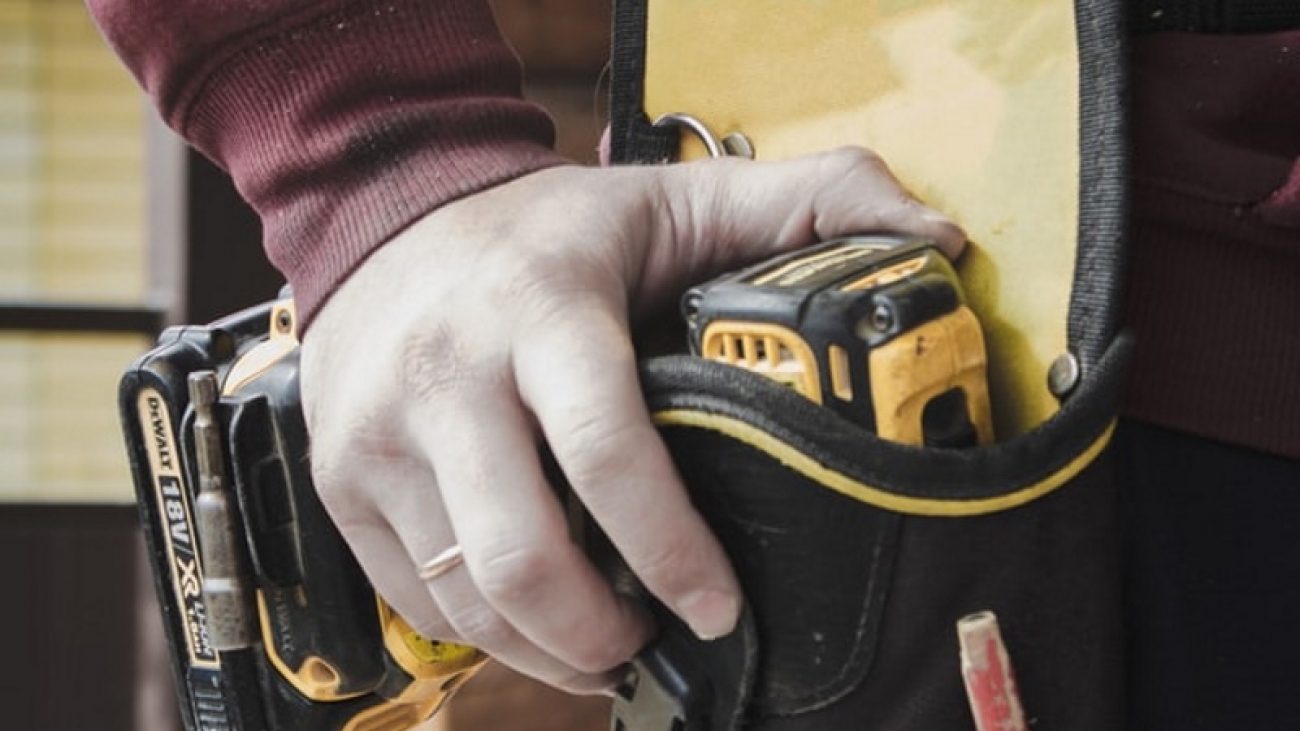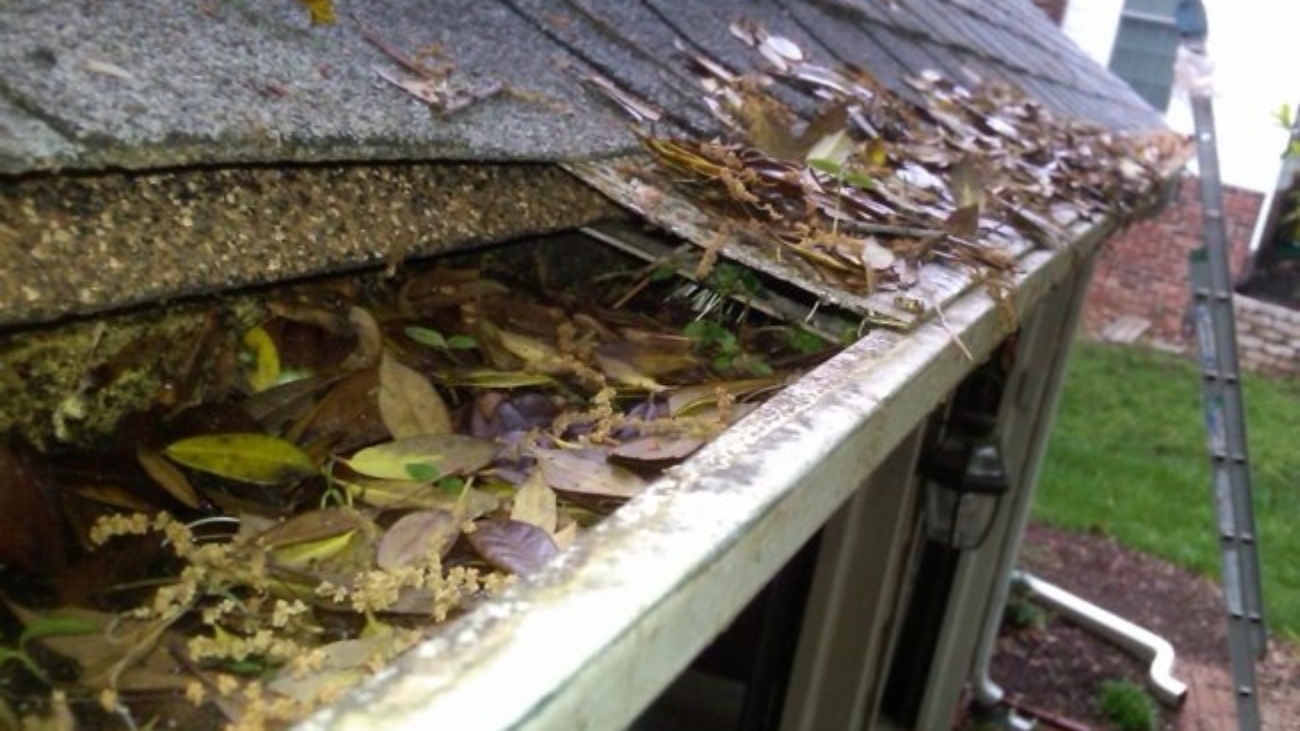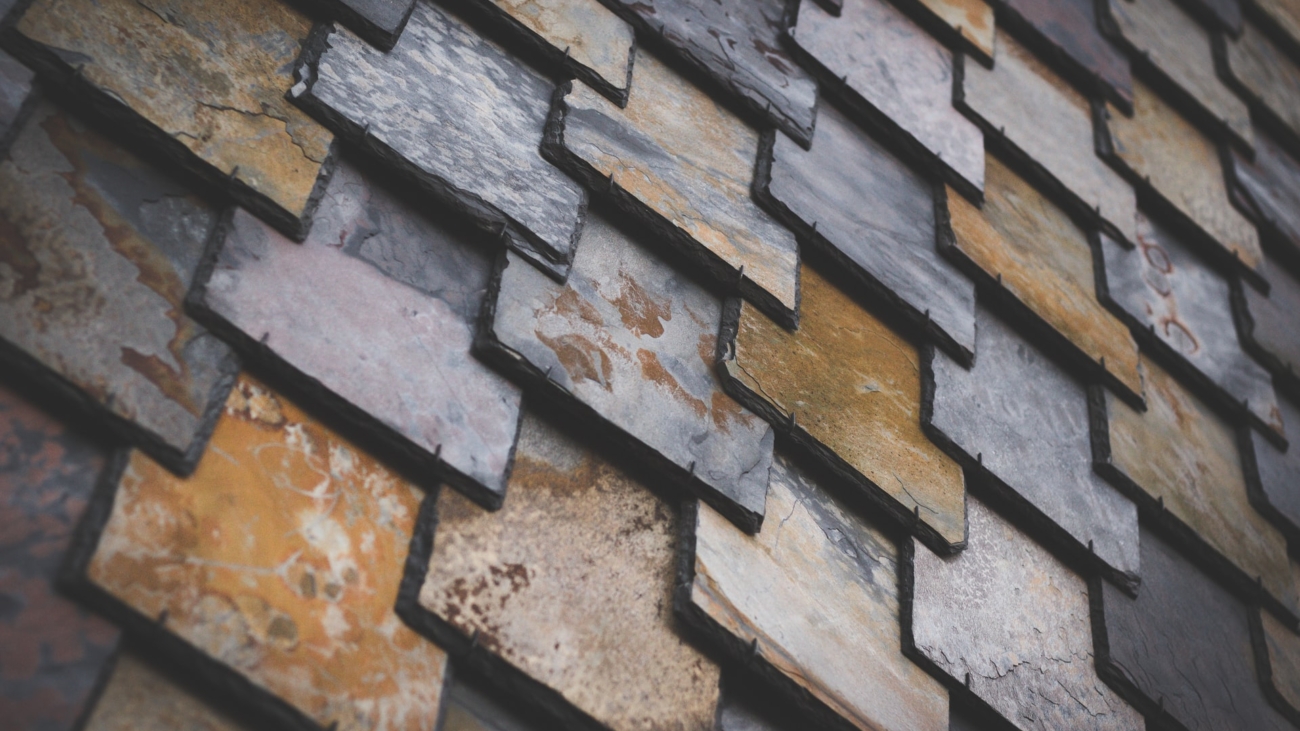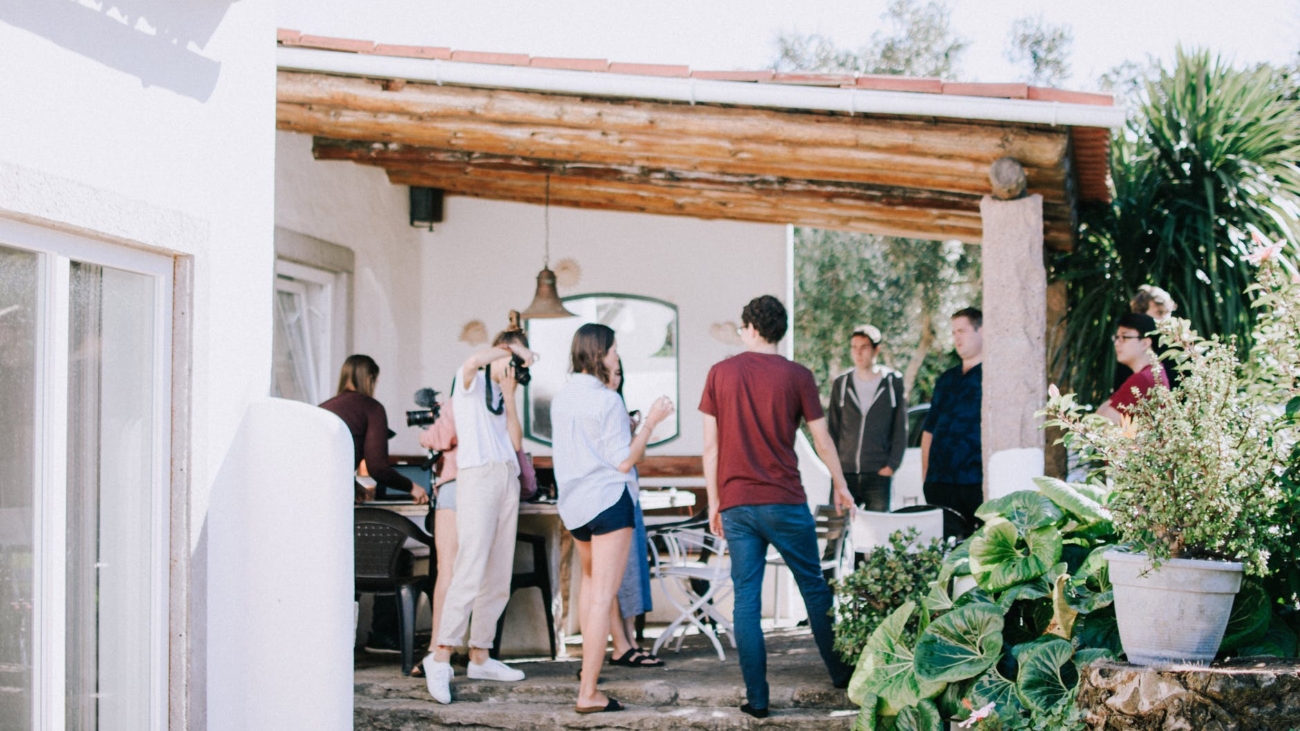There’s no denying the preference for flat roofs in Vancouver. From apartment buildings to residential homes, Vancouverites love the simplicity of flat roofs over other types. But what about the downfalls? Flat roofs are known for their vulnerable design in inclement weather, puddling water and quick saturation. So, anyone planning to install a flat roof or replace an old one must have a failsafe drainage solution. Check here Three Drainage Solutions for Flat Roofs in Vancouver.
Importance of an Adequate Drainage on a Flat Roof
Proper drainage on a flat roof ensures that both rain and snow are adequately removed. In addition, it’ll prevent leaks, water damage and structural problems with your building’s foundation.
Both the outer surface of the roof and any insulation applied to it become saturated with water, particularly after a heavy rainfall or snow. That’s why a drainage system is necessary during both the summer and winter months as it ensures that the roof doesn’t freeze, causing cracks in the material.
Proper drainage will also reduce ice dams – when thick accumulations of snow form on your roof under shingles or tiles where they melt and refreeze again with water trickling down, causing leaks over time. Unfortunately, if this melting process happens frequently, it’ll also damage the insulation under the roofing material, allowing ice bridges to form.
What Happens If There Isn’t Enough Drainage?
Flat roofs in Vancouver won’t last long without an established drainage solution. The first thing to go will be the roofing material. With enough water exposure, your shingles start peeling at their bottom layers. The underlying roof deck will then be damaged, resulting in leaks.
And if your building’s insulation is affected by water damage, expect to pay more out of pocket for heat in the cold winter months. Plus, the humidity build-up in the insulation leads to mould growth in your attic space. It even speeds up shrub growth on the roof surface that also leads to roof leaks.
Further compounding these problems is polluted rainwater. With inadequate drainage, rainwater will sit on your roof’s surface for extended periods. You don’t want those contaminants to find their way into your indoor environment, contaminating both the soil and groundwater where they eventually reach groundwater used for drinking.
These problems can all be prevented with a well-planned drainage design for your flat roofing project.
Choosing the Right Solution for Your Building
If you have a flat roof on your house or building, these three drainage solutions offer the best protection:
1 – Gutter System
The best thing about gutters is that you don’t need to perform a pricey modification on your flat roof to install them. Gutters work by directing water from the roof into a downspout. The bigger the gutter and downspout, the more effective it is at draining off excess water.
Aside from being a cost-effective drainage solution, a gutter system doesn’t require a ton of maintenance, provided you install protection, i.e., gutter guards or mesh. Of course, you’ll need a professional who’s experienced in installing gutters and their accompanying protection, but it shouldn’t be expensive either.
Warning: Gutter systems often accumulate debris over time and may need to be maintained or cleaned. Otherwise, you’ll experience blockage and overflow, especially if you don’t equip them with protection.
2 – Scuppers
Scuppers aren’t as common as gutters, but they’re an excellent drainage solution for flat roofs. Scuppers are simply openings in the roof that allow water to seep into a perforated pipe leading to cleanouts and downspout extensions.
The perforations on the scupper’s pipe direct rainwater to the downspout, avoiding any overflow. In addition, it means they protect your building’s foundation from water seeping through cracks and holes, which could lead to irreparable damage.
Scuppers are a better drainage option for flat roofs because it’s one of the least expensive solutions that offer excellent performance. It works best for homes or small commercial buildings with minimal roof area that can accommodate scupper openings.
Warning: The drawback to using scuppers is that small debris or fallen leaves can clog the roof opening and prevent water from draining. You may need to maintain them regularly, i.e., by cleaning out any excess dirt and debris.
3 – Interior Drains
For larger flat rooftops, using interior drains is the best option. It requires drilling holes in your roof decking and placing drainage pipes below to direct water elsewhere.
This drainage solution comprises guttering, pipes, and a system of drains that ensure water is never allowed to remain on your roof. The system works if the density of your insulation is higher than other flat roofs. Where water accumulates faster after heavy rainfall. The downside of this solution is that you’ll need to cut through the roof decking, which can be an expensive process.
Warning: Installing an interior drain system requires hiring a professional plumber and roofer who’s experienced in installing drainage systems for flat roofs. You’ll also need to regularly clean the system to avoid blockage, leading to water build-up.
Why Not DIY?
If you’re tempted to design your own drainage solution for your flat roof, don’t.
A DIY approach may save you money initially, but there’s a high chance it will cost more in the long run. Flat roofs are difficult to work with and require specialized designs that aren’t possible without professional installation. You’ll end up wasting time and money if you try to do it yourself.
Of course, a DIY approach might work for a small roofing structure with a less complicated design. However, for anything more extensive or complicated, hire a professional.

